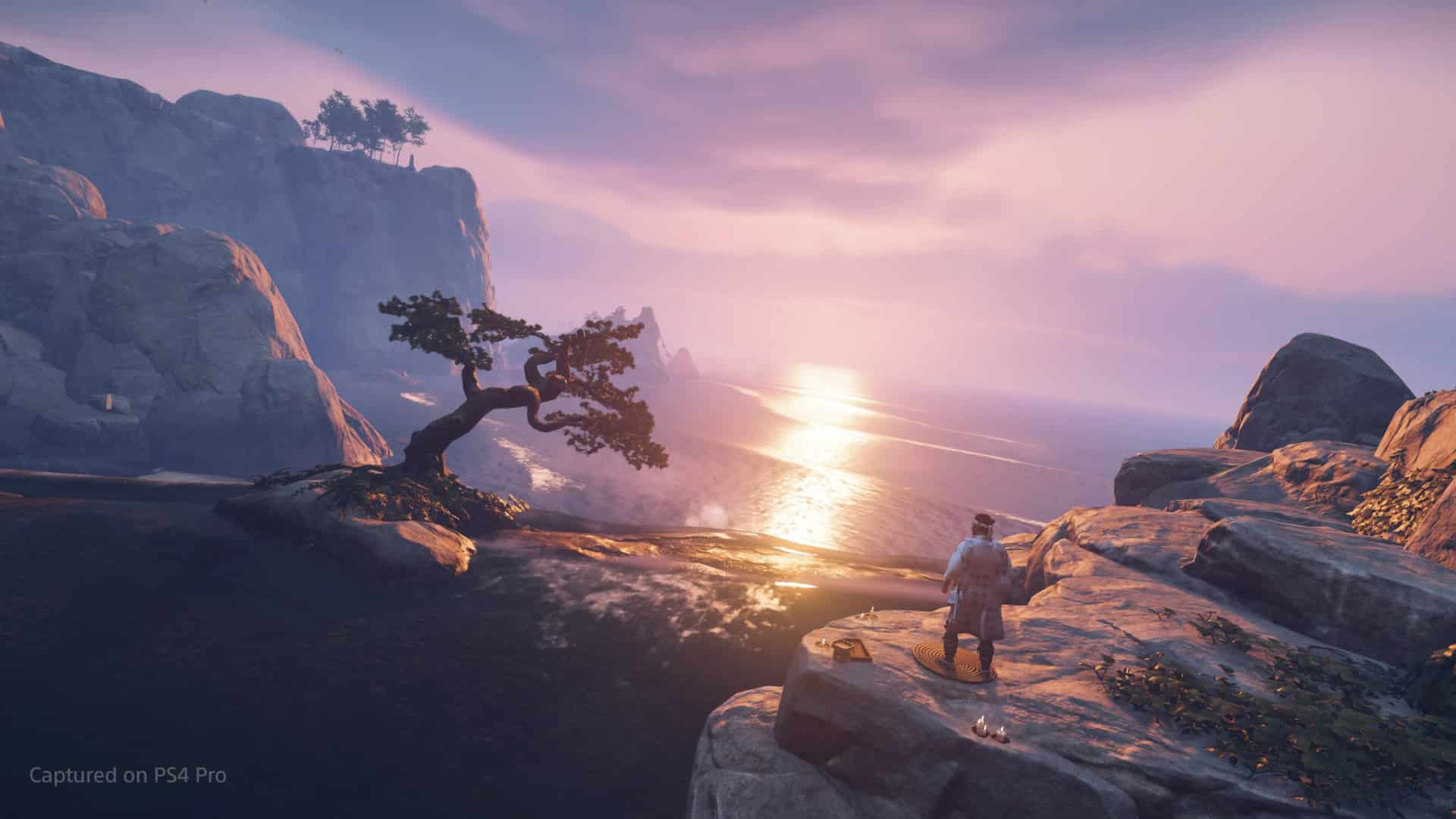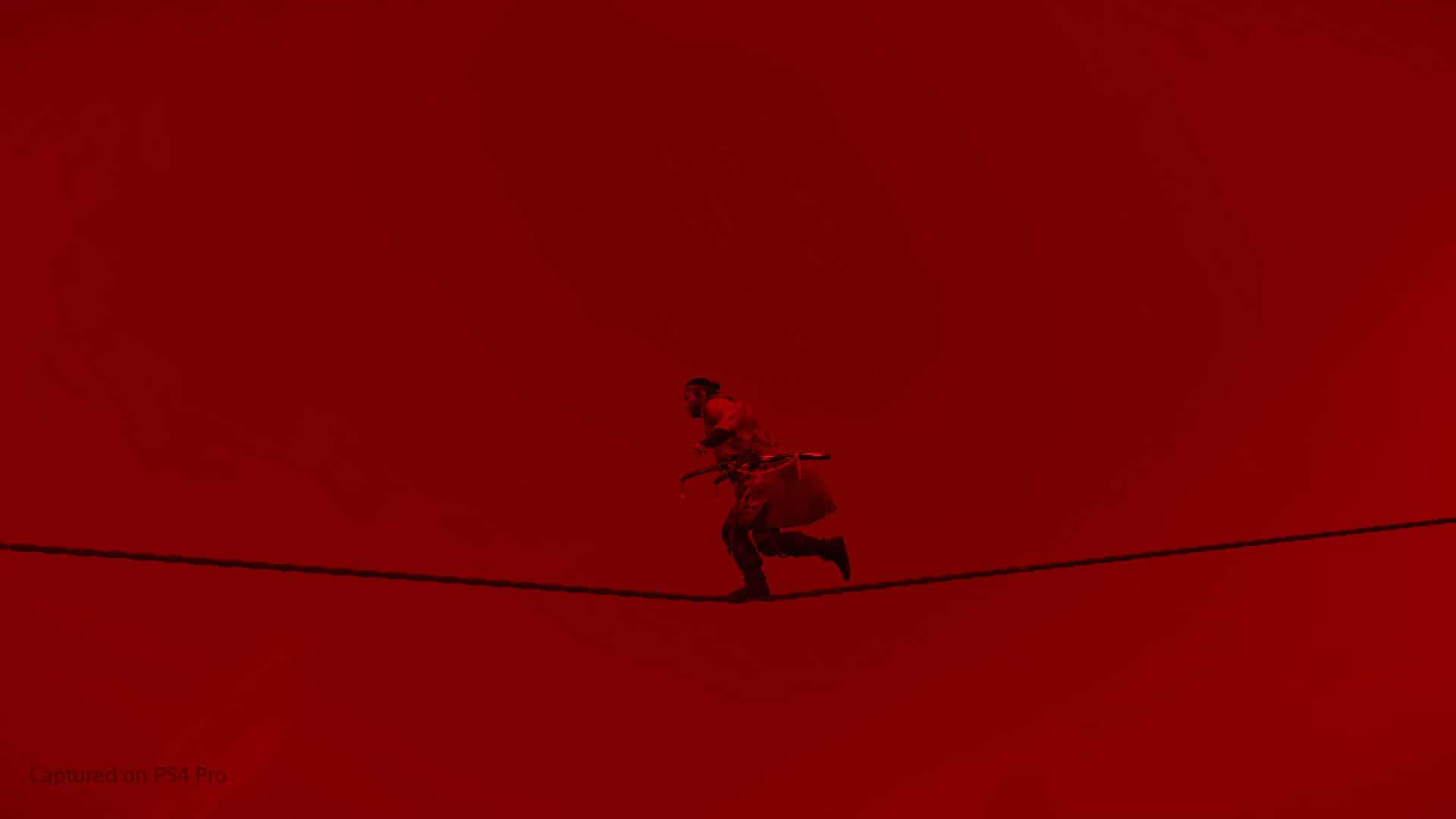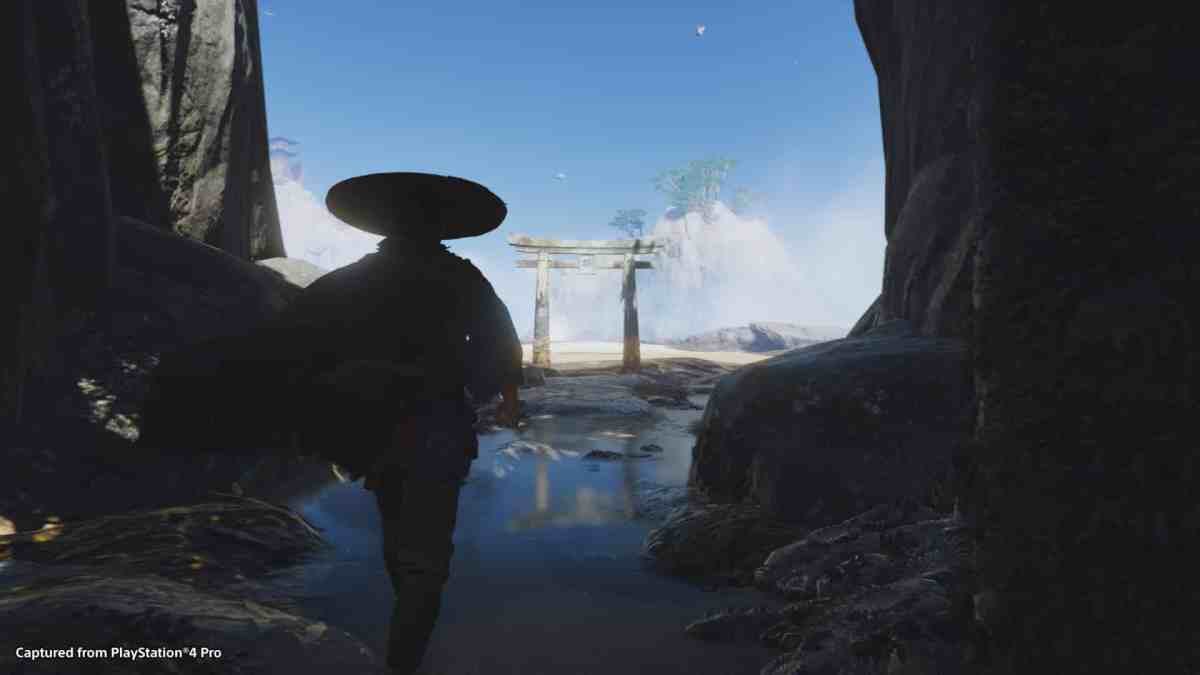It feels like Ghost of Tsushima came along at the perfect moment in time for me. Coming off the heels of the emotionally draining journey through The Last of Us Part II, I needed some kind of palate cleanser to reorient my mind, body, and soul. And with this console generation winding down and all eyes on what Sony and Microsoft have in store for the fall, I wasn’t sure that I’d find that panacea until the new consoles arrived.
Thankfully, Sucker Punch and Sony managed to deliver an undeniably gorgeous, fun, and rewarding experience in Ghost of Tsushima. It not only acts as a fitting send-off to the incredible slate of first-party games on PlayStation 4, but strangely enough, it also somehow harnesses that pure and positive dopamine rush that you find after a particularly productive day of doing your chores.
As much as I’m digging the story of Jin carving out his own destiny and uniting the citizens of Tsushima together against the Mongol invaders, that’s not the reason I find the game so hard to put down. The real reason is I love simply existing in the world and slowly chipping away at all of the activities and challenges that I stumble upon as I zigzag across the island. And what’s even better is that the game doesn’t try to make me feel bad for taking my time, but rather actively encourages my curiosity.
There’s a fine balance that open-world games need to strike when it comes to breadth and depth of activities scattered throughout the map. If the space is too barren, you start to question why it’s taking you so long to find something new to do. Litter the world with too many objectives, and your map becomes an overwhelming and indecipherable hodgepodge.

Ghost of Tsushima succeeds by having you naturally spot points of interest as you near them, following the trail of some of the local wildlife, or by hearing rumors of them from folks you come across in various towns and settlements. It feels like you’re earning the knowledge you glean, as opposed to climbing a tower, unlocking a huge chunk of the map, and populating it with dozens of different objectives.
It’s also nice to see the tangible results your actions have on the population of Tsushima. Saving civilians from roaming bandits, clearing enemy compounds and watching them transform back into communities, and sending folks back to populate areas like the Golden Temple make me feel like I’m doing some actual good in the world. It doesn’t quite reach the powerful levels of altruism I felt in Death Stranding, and there is a strange dissonance in looting every single building, wagon, and farmstead I come across, but I can just chalk that up to video games being video games.
It also helps that the activities themselves are not only satisfying to complete in their own right, but also provide that constant IV drip of progression that makes you feel like you’re continually growing as a character. I’ve yet to tire from finding a fox den and following the cute critter to an Inari Shrine. Same goes for tailing a yellow bird until it leads me to a bamboo chopping block, with a fun little minigame that tests my memory and dexterity. In the same way that I genuinely enjoy washing a sink full of dishes or vacuuming my apartment, I get real pleasure out of these micro-accomplishments in Ghost of Tsushima.

Every single activity feeds into your journey of becoming strong enough to save the innocent people of your island, so even the smallest increases in health, resolve, charm slots, and technique points make me feel like I’m always moving in the right direction, even when I’m completely lost. And despite the game’s climbing and platforming challenges being a bit wonky compared to things like the recent Tomb Raider trilogy or The Legend of Zelda: Breath of the Wild, navigating my way to the top of a hill and being gifted with a view of the stunning landscape never ceases to take my breath away.
That last aspect is important, because Ghost of Tsushima actively pushes back against the notion that you have to be continually moving forward in video games. Ever since Nintendo conditioned us to keep our thumbs pressed down on the right side of the D-pad in Super Mario Bros., and Doom warned us that the only way to survive in Hell was to outrun and outgun your enemies, it feels like 99% of games entail maintaining your inertia.
But Tsushima so often rebukes this idea and encourages us to take a moment to gather our thoughts and reflect on the world around us. Whether it’s composing a haiku in a serene location or stripping down to our skivvies and taking a dip in an onsen, these built-in moments of meditation are wonderful and appreciated.

Of course, if my Twitter feed is any indication, the other major source of zen-like calm throughout Tsushima is its absolutely staggering Photo Mode. The slate of tools and variables at your disposal are some of the deepest I’ve seen in any game this generation, and the fact that you can pause the action at any moment with a press of the D-pad and begin to work on your image shows Sucker Punch and Sony’s confidence that visual artists would embrace the game as an easel.
I’m sure I’m not alone in saying that I’m progressing more slowly through the story than would be usual in part because I find myself stopping and marveling at just how beautiful any given moment can be. It’s so exciting to see the incredible photos people are taking, knowing full well that we’re just a few months away from a substantial hardware upgrade.
Ghost of Tsushima might not be the absolute best of Sony’s stellar first-party catalogue for PlayStation 4, but it came along at just the right moment to keep me fully engrossed and motivated to explore every inch of its world, and for that I’m thankful. Unlike with God of War or The Last of Us Part II, I don’t feel the need to rush through the campaign in order to see how the story ends. The joy I find while playing Ghost of Tsushima doesn’t stem from nearing the conclusion, but rather simple wandering off in whichever direction the wind takes me. In short, the game makes me feel like a wandering ronin, which might be the highest compliment I could give it.






Published: Jul 22, 2020 11:30 am